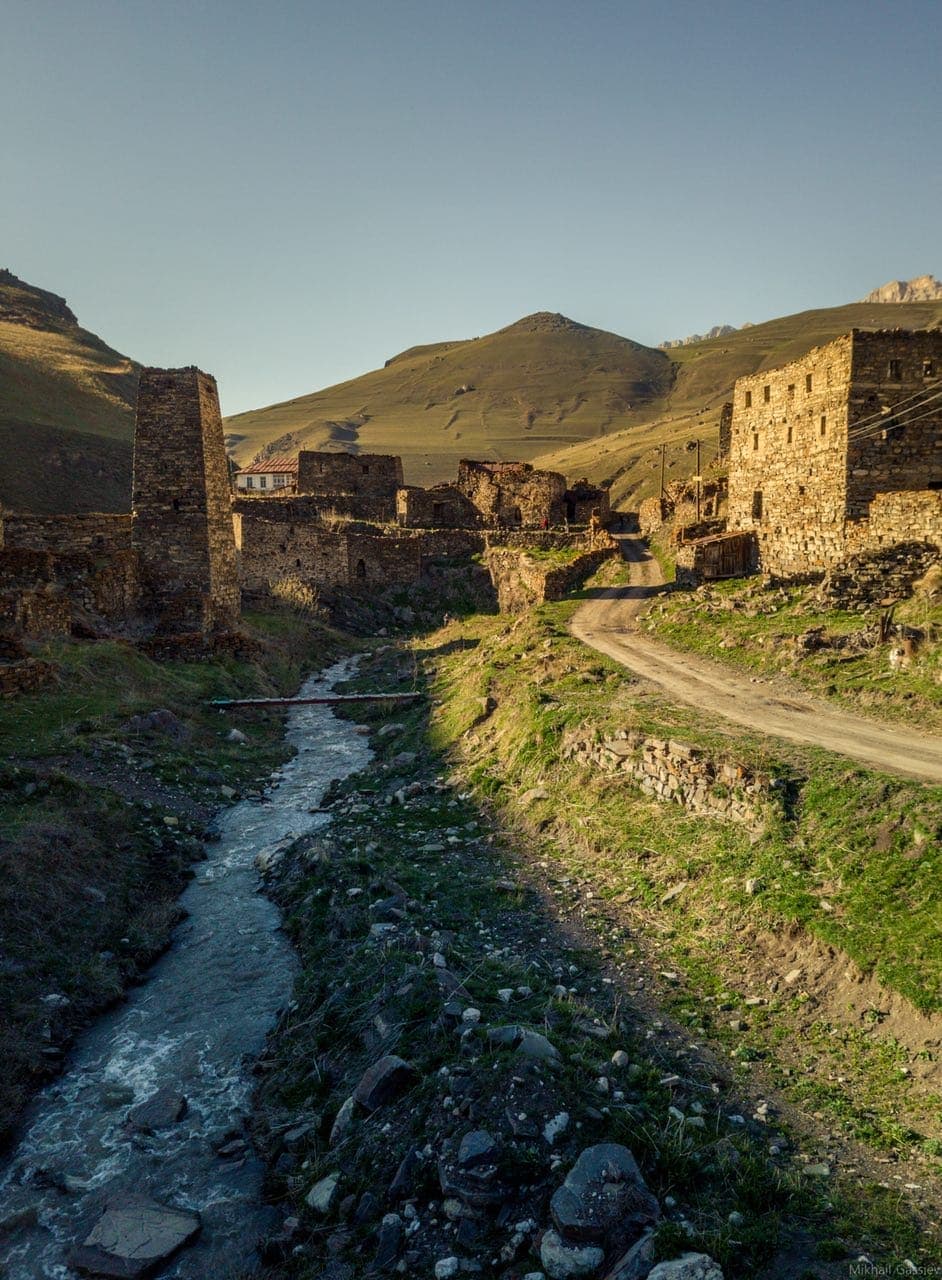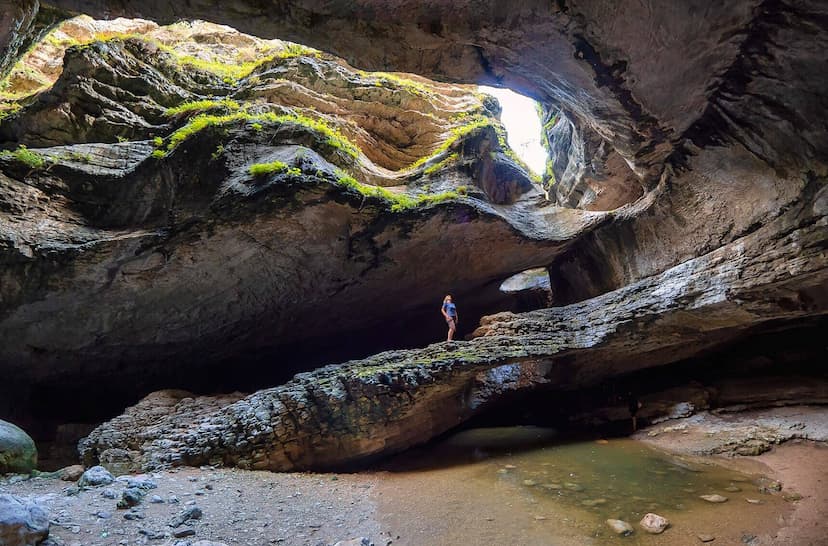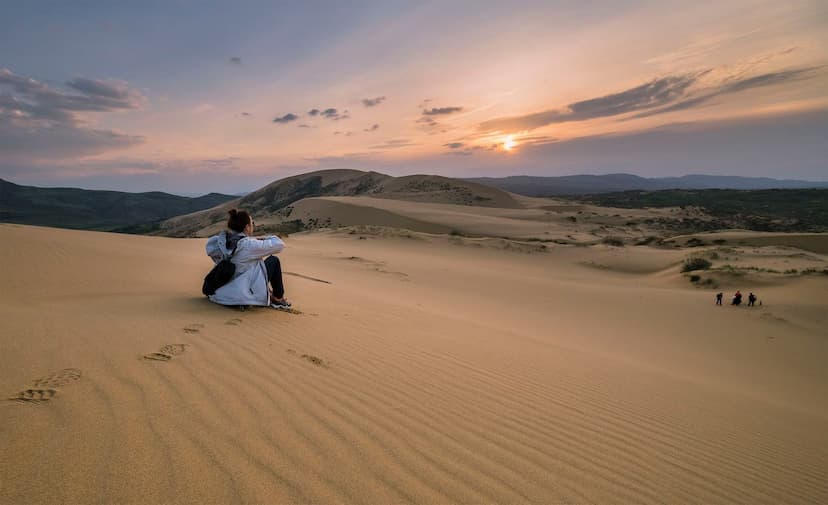The historic region of Digoria, where the small town is located, is situated in the western part of North Ossetia. Its unique landscape, mild climate and diverse fauna attract not only tourists, but also nature protectors - almost all of Digoria is included in the national park “Alania”. Of course, the town of Digora is not part of the reserve, and it is free to visit it.
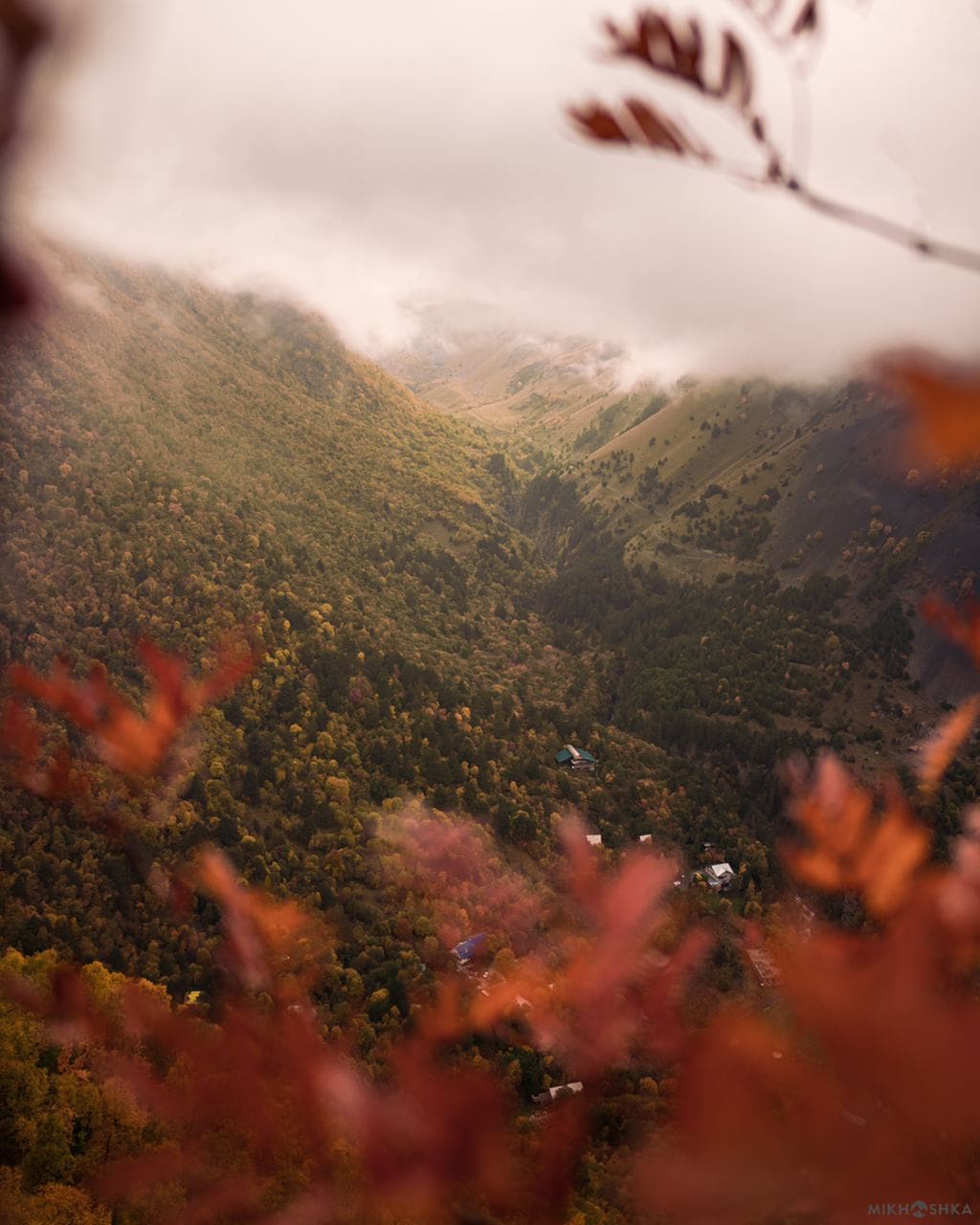
Digora: location and brief history
Digora is a relatively young settlement in North Ossetia. It was founded in 1852 and called Volno-Christian aul. True, most of the peasants who came here to live from neighboring villages were Muslims. However, no one was embarrassed by this, and on the maps appeared first Volno-Khristianovsky aul, then (when the settlement grew) - Novokhristianovsky village. The name remained until 1934 - only then the place was renamed Digora. And in 1964 Khrushchev issued a decree granting Digora the status of a town. Then there lived there a little more than 10 thousand people, and now the number has not changed much - according to the census of 2023 in Digora lives 9994 people.
From Vladikavkaz to Digora can be reached in an hour - it takes only 52 kilometers to drive.
What to see in and around Digora
Digora itself is not rich in sights. It is a fairly typical small village, in which from interesting places - a park (Alley of Glory, reconstructed in 2014) and a couple of house-museums. For example, a protected building from 1904 houses the house-museum of Tsagolov, a writer and publicist who once worked to establish Soviet power in the Caucasus. The curators of the museum have restored the atmosphere of 1942 in the house, so that visitors can feel the spirit of war times. Among the exhibits: shell casings, uniforms, field bags, flasks and other attributes of the time. In short, the house will be of interest only to a small part of tourists interested in military history.
If you love movies, you may be interested in the second house-museum in the city, dedicated to director Kazbek Uruimagov. He is considered the founder of Ossetian cinema, being the first serious filmmaker from the region.
Even if you have not been to Rio de Janeiro, you must be familiar with the visiting card of this city - a huge statue of Christ spreading his arms as if he wants to embrace the whole world. There is a similar monument in Digora - at the entrance to the city there is a similar monument to the Messiah (much more modest in size, of course). Christ is depicted with his hands raised, and on the pedestal there is an engraving of a fragment of the Gospel of John: “I am the way, and the truth, and the life; no one comes to the Father except through me. The words are engraved in Russian and in Ossetian. If you travel the distance from Vladikavkaz to Digora by private car, you will be able to see the monument shortly before entering the town.
Another interesting monument is the memorial to Blashka Gurjibekov. The statue itself is not as interesting as the man to whom it was put. Gurjibekov was a poet who wrote in the Digor dialect. It is assumed that he was the first literary man of this sub-ethnos, and therefore he is considered the founder of Digorian literature in general. But the house-museum dedicated to his life is planned to be opened not in Digora, but in the Novo-Ossetian village of Mozdoksky district - in the northern part of Alania.
It is much more interesting to spend time in the vicinity of Digora. Thus, to the south of the town you will find an extraordinary sculpture “Nykhas Uastyrdzhi” - a giant warrior on a horse jumps out of a rock. The sight is unforgettable! Most of the sculpture hangs in the air, as if the sculptor managed to freeze the moment of a powerful jump. The warrior's cloak and the horse's mane flutter, giving the sculpture a special semblance of life. There are several rest areas near this unusual attraction - just the right place to stop, get out of the car and stretch your legs after a trip to Digora. The monument was erected in 1995. By the way, there is a little confusion with him - sometimes he is called George the Victorious. He and Uastyrdzhi do have a common feature - both are patrons of male warriors. But the main aspect of Uastyrdzhi is the protection of the underprivileged.
Moving further south, one can discover the beauty of the gorge along which the Transcaucasian highway runs. The whole road is dotted with various monuments, memorials and monuments, many of them belonging to completely different epochs and cultures. Here you look at Uastyrdzhi, spectacularly jumping on a horse, and here among the greenery you distinguish a modest figure of Archimandrite Hippolyte. Monuments to traditional mythical heroes are mixed with monuments in honor of real heroes of the Great Patriotic War.
The farther you go, the more difficult the road will be: poor pavement, serpentine, mountain wind will hinder confident driving. So for a thorough exploration of the gorge and adjacent areas it is better to rent a reliable and stable car: Toyota RAV4, Land Cruiser Prado or something similar. Keep in mind that car traffic is limited in the protected area; you will not be allowed to enter some areas by car and will have to move on foot.
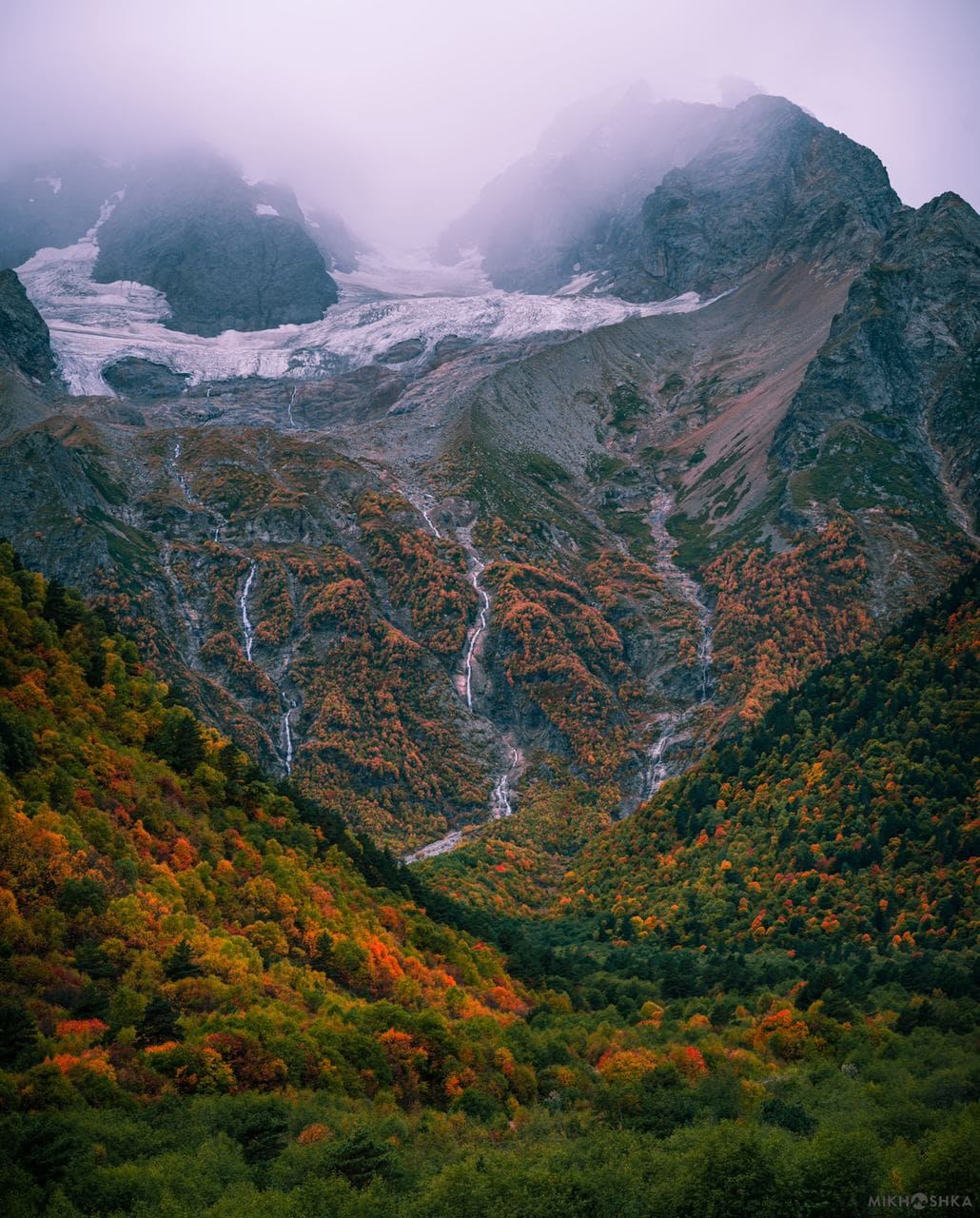
What attracts Digora
Digora itself is a rather modest small town with a typical set of attractions: here is the Alley of Fame with monuments to various cultural and political figures, here is the eternal flame and war memorial, here is the house-museum of a relatively famous person who was born here. But people do not go to Digora for its man-made beauty. It attracts to itself precisely by nature, which is good to observe here because of its surprisingly favorable location (it is even strange that no one has settled here before!). Moreover, the population of Digora has remained practically unchanged for 90 years.
Digora is located on the edge of a valley adjacent to the chain of mountains and is in fact its foot. So the town offers a stunning view of the protected area. On one side is the national park “Alania”, and on the other side is the Tseysky Reserve. Want to enjoy the beauty of untouched nature? Take the road straight to the Askhinta Canyon. From there you will be able to get into the protected zone, and at the same time you will be amazed by the height difference - far below you will see the Urukh River quietly flowing while inaccessible mountain peaks are towering above you.
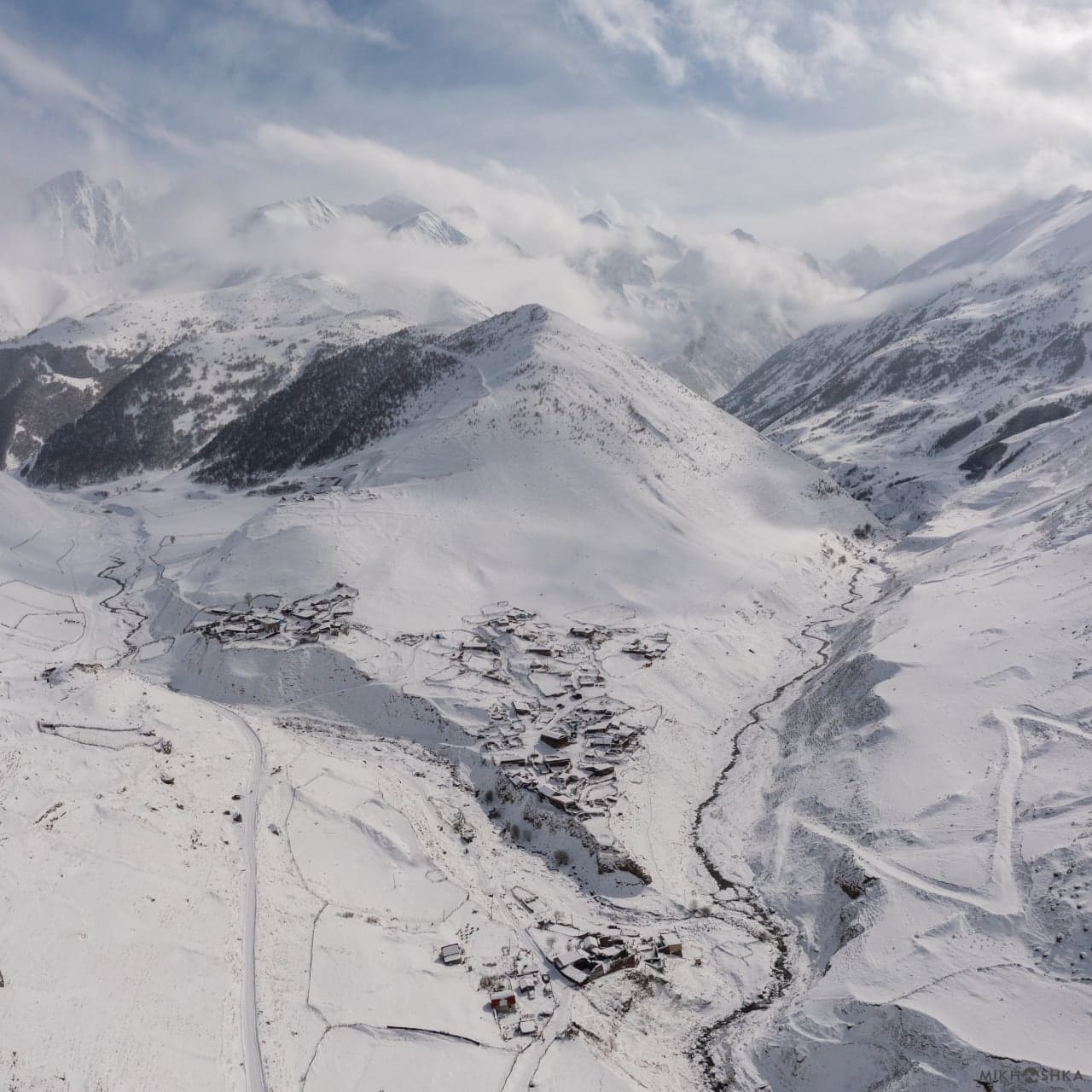
There are a lot of horses in the neighborhood, and you will have the opportunity to photograph the herd grazing freely. But there is more to see than horses: the fauna here is very diverse! Alanya is home to about 115 different species of birds, some of which are found only here. There are also many mammals - 34 different species. Animals here are almost not afraid of humans, and this creates an unusual sense of fairy tale, fueled by the picturesque landscape and murmuring waterfalls.
Speaking of them, there are many beautiful waterfalls in Alanya near Digora! It would be a crime to visit this park and not see a single one. You can challenge yourself and try to find the waterfalls yourself, or you can use the map to find the most remarkable ones. Among tourists, the Kaysar triple waterfall (its height exceeds 100 meters) and the double waterfall Soldier are especially popular. In addition to waterfalls, there are quite a few small lakes fed by glaciers. The melt water is very clean, but you can't swim here. But you can get drinking water in the local springs.
In the national park you can even challenge yourself to a sporting challenge and go climbing with mountaineering equipment. There are two peaks at tourists' disposal - Wilpata (4649 m) and Laboda (4313 m). Of course, it is better to climb with an instructor - there are several campgrounds with specialists.
Here you can also find a lot of ancient structures scattered all over the territory of Alania, including in the immediate vicinity of Digora. Crypts, burial grounds, towers and parking lots are considered national treasures. As a rule, they stand in groups, occupying some hill, but there are also individual buildings.
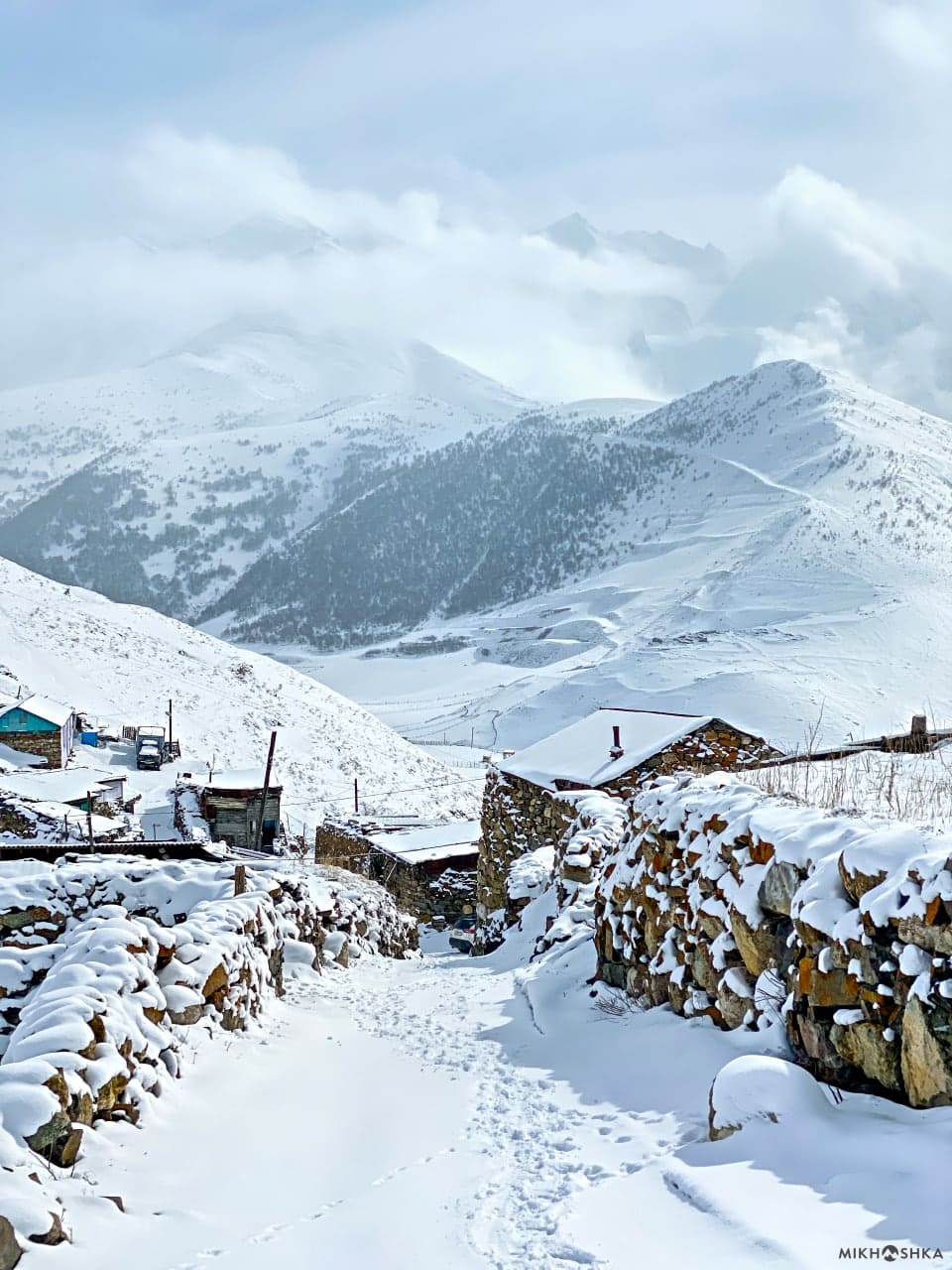
Going to Digora
Digora is located only 52 kilometers from Vladikavkaz, and you can reach it almost in a straight line. Leave through the North-Western district of the city and drive along the Arkhonskoye highway. On the left you will see a small private sector, and on the right - gas station “Bars”. Drive straight ahead to the village of Arkhonskaya. You can go around it, or you can drive through it - as you wish. Without changing the direction of movement, drive to Michurino (you can also visit it or bypass it by the road, eloquently marked “Michurino bypass”). Continue on the same highway all the way to Ardon. Turn onto Proletarskaya Street (it's the easiest way to drive through it), go as far as you can and turn left on Alagirskaya Street. There will be railroad tracks on your right - cross them. Now you are separated from Digora by a few kilometers, which you need to overcome on a straight and empty road.
Without a personal car from Vladikavkaz you can get to Digora by bus 258, which periodically starts from the building of local government administration. But such a trip will take not an hour, but two (if you add to this time the waiting for the bus - all three), and you will have a lot of fellow travelers: residents of Michurino and Ardon, who also want to have a rest in Digora, will crowd into the cabin.
The road to Digora can be easily overcome by any car - there is a good, smooth highway there. But it is unlikely that you will go on a trip to walk along the streets of a not particularly noteworthy village. To explore the surroundings, you will need an off-road vehicle. The most interesting places are located to the south of Digora, where mountains and reserves are spread out. There, the asphalt road often turns into a dirt track, and serpentine roads with strong mountain winds are also demanding for the stability of the car. If you plan a light journey, you can take a comfortable crossover like Hyundai Creta. If you are going to thoroughly explore the terrain, it is better to take a Suzuki Jimny.
Interesting things about Digora
The very name “Digora” comes from the name of one of the Ossetian subethnoses. Digorians are a part of the Ossetian people, who originally lived in the western part of North Ossetia, which is now occupied by Digoria.
Digora stands on the bank of a small river called Ursdon. It is a short (only 48 km) tributary of the Terek. The name of the river is translated from Ossetian as “white water”. It is a calm and narrow river, which can be easily waded most of the year. But the Ursdon can bring a lot of problems during floods, flooding everything around it.
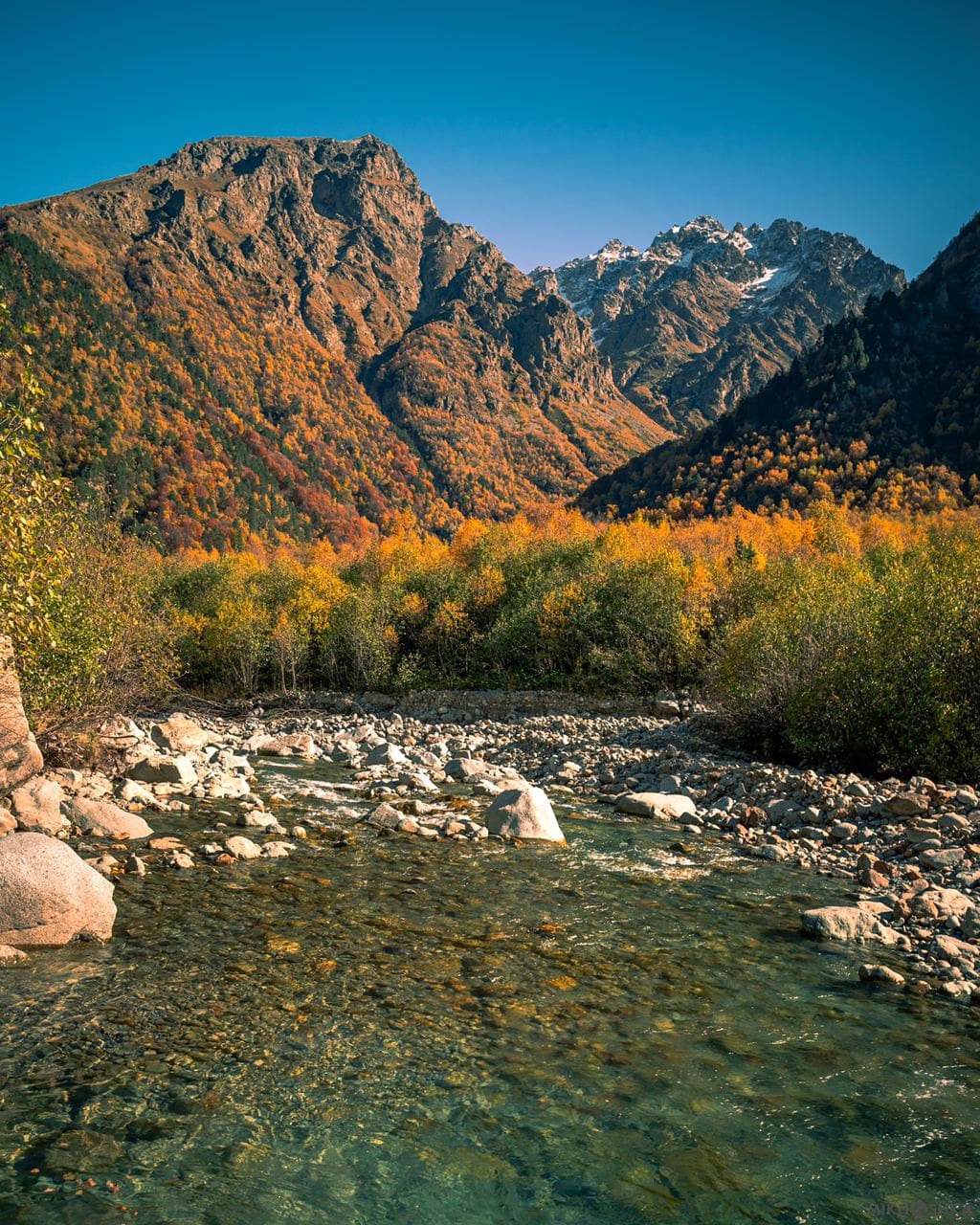
Walking around Digora, you can pay attention to how correct it is from the geometric point of view. All the streets are straight, perpendicular to each other... It is not for nothing - Digora was built according to a plan: the flat terrain allowed building straight streets. This original layout has been preserved to this day.
There is an Orthodox Church of the Nativity of the Blessed Virgin Mary in Digora, and it is notable for the fact that services here are conducted in the Ossetian language, not in Church Slavonic.
Question-Answer
What to see in Digora itself?
Only monuments. The most interesting sights and natural beauties are waiting for you to the south of the village.
How much to drive from Digora to the national park “Alania”?
Rounding the park from the west, you can reach the entrance in 54 minutes (56 km).
Where is it better to go - to “Alania” or to the Tseisky reserve?
Both reserves are very interesting to visit, so if possible it is better to go to both places at once. But if you can't stay for a day, it is better to visit “Alanya” - it is more diverse.
Is it possible to get from Vladikavkaz to Digora by cab?
You can, if you are ready to pay a couple thousand for a one-way trip. And from Digora it is quite difficult to call a cab to Vladikavkaz. It is easier to rent a car.
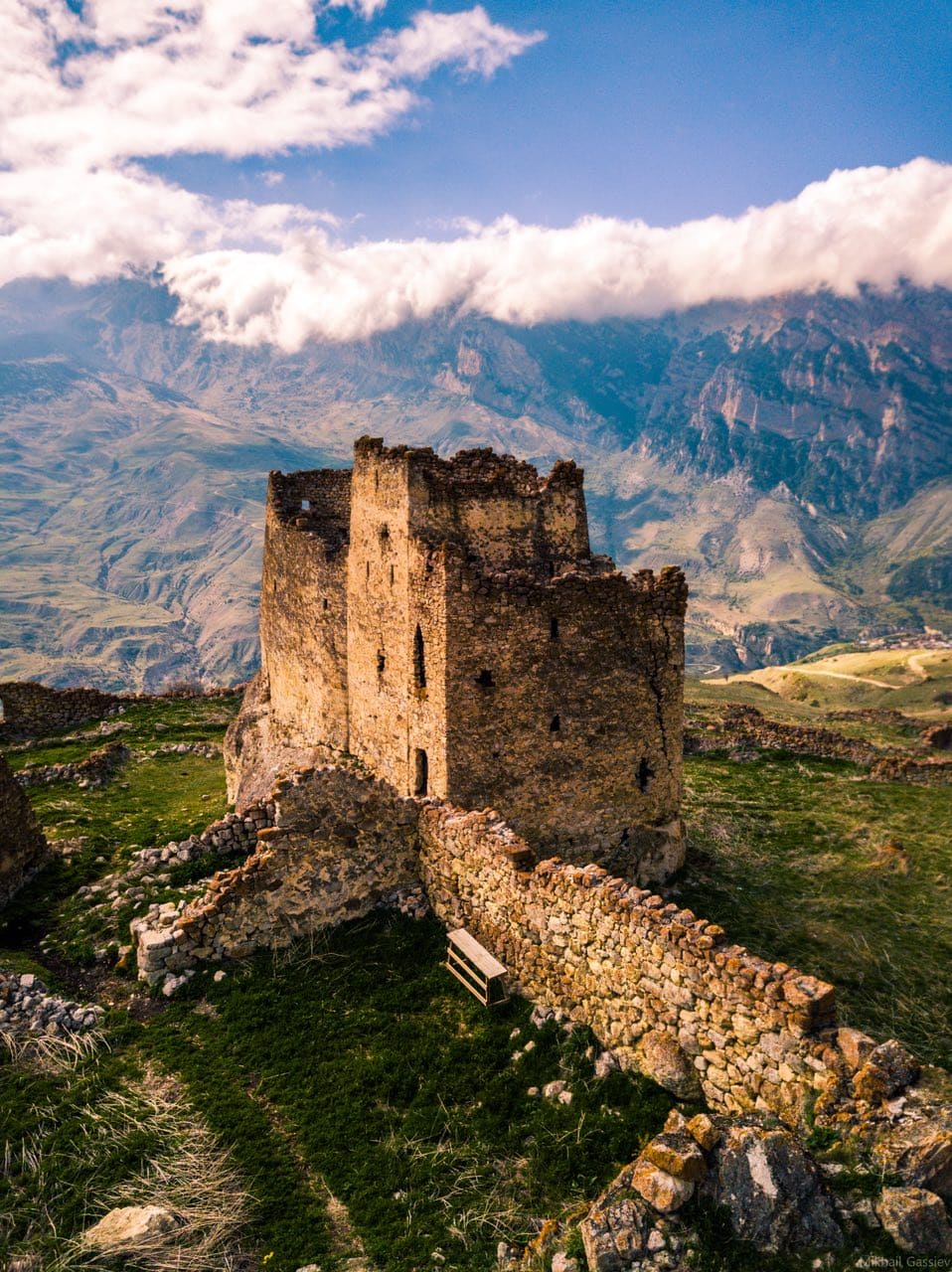
Conclusion
Digora is a great parking lot for those who want to explore beautiful Alanya. Come to the Caucasus, rent a car from us and go on a great journey through the beauties of Digora!

